LAB REPORT
Science and Technology Making Headlines
June 19, 2020

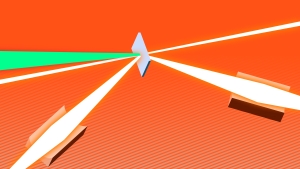
In a new experiment, four optical laser beams (green) launched a shock wave in a plastic sample made up of carbon and hydrogen. As the shock wave moved through the material, researchers observed it by hitting the shocked regions with X-ray photons (thin white beam) that scattered both backward and forward off electrons in the sample (thicker white beams). Image courtesy of Greg Stewart/SLAC National Accelerator Laboratory.
They might be giants
There are giants among us — gas and ice giants to be specific. They orbit the same star, but their environmental conditions and chemical makeup are wildly different from those of Earth. These enormous planets — Jupiter, Saturn, Neptune and Uranus — can be seen as natural laboratories for the physics of matter at extreme temperatures and pressures.
An international team including researchers from Lawrence Livermore National Laboratory (LLNL) has developed a new experimental setup to measure how chemical elements behave and mix deep inside icy giants, which could offer insights into the formation and evolution of planetary systems. What they learn also could guide scientists hoping to harness nuclear fusion, which produces conditions like those in our sun, as a new source of energy.
The researchers hope the technique will allow them to measure the microscopic mix of materials used in fusion experiments at large, high-energy lasers such as LLNL’s National Ignition Facility.
“We want to understand if this process could occur in inertial confinement fusion implosions with plastic ablator capsules, as it would generate fluctuations that could grow and degrade the implosion performance,” said Tilo Doeppner, LLNL physicist.
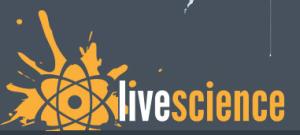
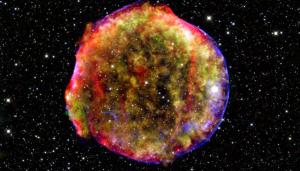
This composite image of the Tycho supernova remnant, captured by NASA's Spitzer and Chandra space observatories and the Calar Alto observatory in Spain, combines infrared and X-ray observations. Credit: MPIA/NASA/Calar Alto Observatory
More than a little shocked
Researchers have created a miniature version of supernova shock waves to solve a long-standing cosmic mystery.
When stars die and explode in supernovae, they create shock waves that emanate across the surrounding plasma. These powerful shock waves blast out cosmic rays, or highly energetic particles, out into the universe. The waves act almost like particle accelerators, pushing these particles out so fast that they approach the speed of light. However, scientists have yet to fully understand exactly how and why the shock waves accelerate these particles.
In experiments at the National Ignition Facility, an international team of scientists from institutions including Lawrence Livermore National Laboratory, SLAC National Accelerator Laboratory and others have devised a new way to study the inner workings of astrophysical shock waves by creating a hydrodynamically scaled version of the shock in the laboratory.
They found that astrophysical shocks develop turbulence at very small scales — scales that can’t be seen by astronomical observations — that help accelerate electrons at the shock wave before being boosted up to their final velocities.

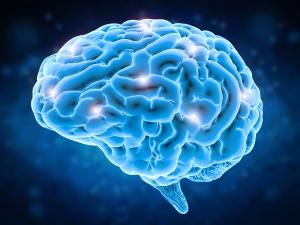
LLNL researchers are computationally modeling the activity and structures of neuronal communities in the brain. Image courtesy of Shutterstock/Phonlamai photo.
A countermeasure to brain disorders
For the past several years, Lawrence Livermore National Laboratory (LLNL) scientists and engineers have made significant progress in development of a three-dimensional "brain-on-a-chip" device capable of recording neural activity of human brain cell cultures grown outside the body.
Now, LLNL researchers have a way to computationally model the activity and structures of neuronal communities as they grow and mature on the device over time, a development that could aid scientists in finding countermeasures to toxins or disorders affecting the brain, such as epilepsy or traumatic brain injury.
The team has developed a statistical model for analyzing the structures of neuronal networks that form among brain cells seeded on in vitro brain-on-a-chip devices. While other groups have modeled basic statistics from snapshots of neural activity, LLNL's approach is unique in that it can model the temporal dynamics of neuronal cultures — the evolution of those neural network changes over time. With it, researchers can learn about neural community structure, how the community evolves and how the structures vary across experimental conditions. Although this current work was developed for 2D brain-on-a-chip data, the process can be readily adapted to LLNL's 3D brain-on-a-chip.
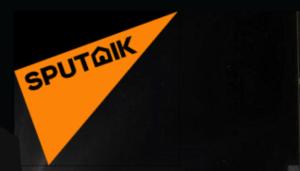
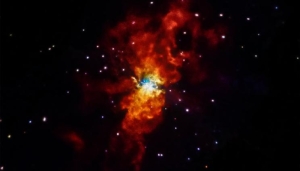
A team of researchers, including scientists from Lawrence Livermore National Laboratory, have detailed the creation of magnetic fields formed by the expansion of supernova explosions into the interstellar medium. Image courtesy of NASA.
A plasmatic magnetic attraction
A series of experiments have visualized the so-called Weibel instability in plasmas that is responsible for the collisionless shocks observed during supernova explosions.
Researchers from the Lawrence Livermore National Laboratory (LLNL), have for the first time detailed quantitative measurements of the magnetic field structure of plasma filamentation driven by the Weibel instability, which is present in some electromagnetic plasmas. The Weibel instability is the most critical element in the shock formation process.
The physicists depicted the processes underlying the formation of collisionless shocks -- phenomena typically observed in astrophysical reality, such as the expansion of supernova explosions into the interstellar medium.

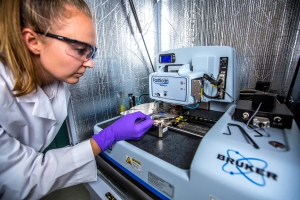
LLNL research scientist Anna Hiszpanski received a scholarship from the SME Education Foundation that helped fund her undergraduate studies.
‘We believe in you’
Anna Hiszpanski has made a name for herself as a research scientist in the Materials Science Division at Lawrence Livermore National Laboratory, but she’s never forgotten the help she had along the way — including a scholarship from the SME Education Foundation Family Scholarship, which she used for her undergraduate studies at Caltech.
“Having the SME Education Foundation say, ‘we believe in you, we think you can do this’ and awarding that scholarship to me, it was really encouraging,” Hiszpanski said. “As a high school student, I wasn't very confident, necessarily, in my abilities. Feeling like you had a team of people behind you, believing in you, was really encouraging.”
After graduating from Princeton, Hiszpanski took a postdoctoral position at Lawrence Livermore, where she became a staff scientist in 2017. Describing her position, Hiszpanski says, “I'm generally a research scientist, but that encompasses a lot of different things, and I work on a variety of different projects. Generally, it's trying to develop new materials with better properties that enable innovation.”





